Word Making and Word Taking
How crossword and spelling games became popular.
It may sound like heresy on a website devoted to playing cards, but it is just possible that word games have taken over in popularity from card games and probably are currently more popular today than they have ever been. Such games are everywhere - in boxed sets, books, newspapers and on the internet. There was a big surge in the popularity of word games in the 1930s and 40s. I can remember in the early 1950s being dragooned into playing Kan-U-Go and Lexicon. I am sure that my grandparents thought that this would be hugely educational for me in my first decade, although all I can remember is much preferring to play cribbage with the occasional chance opportunity to beat my grandfather whereas with word games, I had no chance!
Kan-U-Go, launched in 1934, involved 58 miniature lettered cards and 2 Kan-U-Go cards, each with a number value in the corner [1].
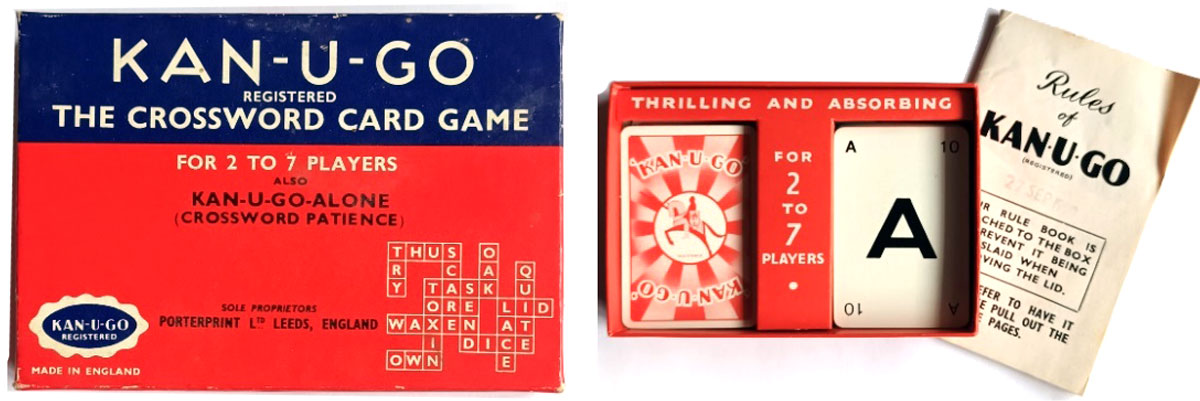
Above: the original copyright date for Kan-U-Go is September 10th, 1934.
Players are each dealt a given number of cards which varies according to the number of players. The object of the game is for the first player to place a word of 2 or more letters on the table in front of them to which each player in turn either adds a new word, crossword-style, to what is already on the table or, if unable to do so, pick a new card from the pack. A player wins the round when all his/her cards are placed on the table at which point other players count the number of points left in their hand. Rounds continue until a player reaches 100 points when all the scores are compared and the player with the lowest score wins.
Simon Wintle has written elsewhere on this site about the disappointing launch of Lexicon in 1932, and its immediate relaunch which led to its subsequent success [2].
Above: the summer of 1932 saw the introduction of Lexicon, when a small edition was produced and sold to test the market.
As originally promoted it offered rules of one type of game. Almost immediately thereafter Waddington’s were alive to the potential of a pack of cards containing letters and numbers. In the following year they published “New Games to be played with Lexicon Cards” which “have been specially invented and designed for use with the Lexicon Card Pack”. Twenty-three “new” games are described in the 64 page booklet ranging from Lexicon Bridge and Lexicon Whist via Lexicon Poker and Lexicon Donkey to Lexicon pay-Up and Lexicon Teasers!
I was keen to find out where and when this enthusiasm for card-based word games began. As far as I have been able to discover, the origin of such games lies in a game called “Word Making and Word Taking” which appears to have its origins in the United States. The first example of this game – or at least this title – that I can find is an American version copyrighted in 1877 by Charles Hammett (C. E. Hammett Jr.) [3].
I first came across this game title when researching for my article on “failed” games promoted in the 19th century [4]. “Word Making and Word Taking” seemed to be a rare exception as, once launched, a game under this name was around for decades after its first appearance. Although not strictly speaking a card game, it used cards or tiles containing printed letters. In some early versions of the game letters are printed on each side; capitals on one side; lower case on the other. More usually the letters are in capitals and are only on one side of each tile.
I can find no reference to “Word Making & Word Taking” in Britain before 1886 when it was advertised as one of a number of games in the back of De La Rue’s Pocket Guide to Backgammon when it was described as “A new and amusing diversion for Young and Old”.

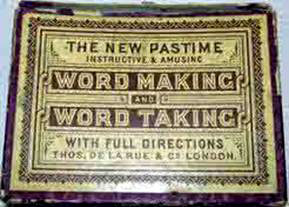
This is likely to be the first example of the game in Britain. The De La Rue advert emphasises the game as “new” and “amusing” while this early boxed version of the game from De La Rue adds the adjective “instructive” ,
At this point I cannot help but pause and suggest that the title “Word Making and Word Taking”, whilst it describes the process involved in this first version of the game, is not a great, snappy title which strikes one immediately as a marketing winner! And yet over the following decades at least six games producing companies in this country alone marketed a game with this precise name, albeit with a wide variety of rules of play. In addition to De La Rue, there was Chad Valley & Co. Ltd., H.P. Gibson & Sons, Robert Brothers Games, and Spears games.
This box was produced by the Roberts Brothers at the turn of the 20th century. Although a set of rules was enclosed with the tiles, the box announces that its contents “can be used for any other letter game”.

In New York, the McLoughlin Brothers published their version of a game with this title described in an excellent and informative internet post by Jenny Kyle [5]. Here, the cards used in play and the details of the game described seem a long way from the reversible letter cards produced in 1886. They are altogether more substantial than the simple tiles used by manufacturers on this side of the Atlantic and the game is clearly more like a traditional card game.
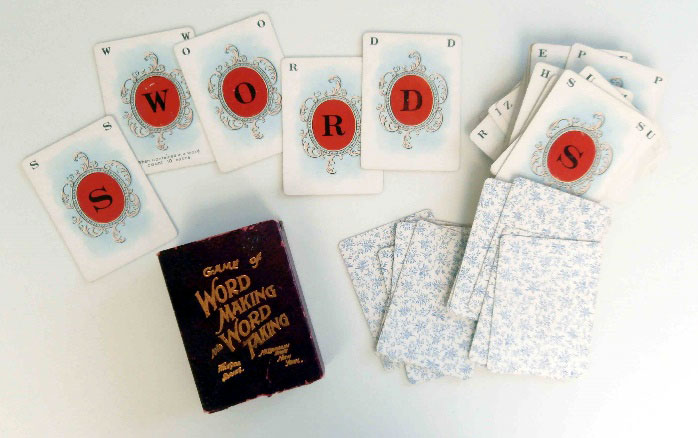
In Britain, as ever, at the high end of the market was Jaques and Son, my own copy of which is pictured here. Sadly, the box is missing the instructions so I am unable to judge just how diverse the game options were when this set was marketed.
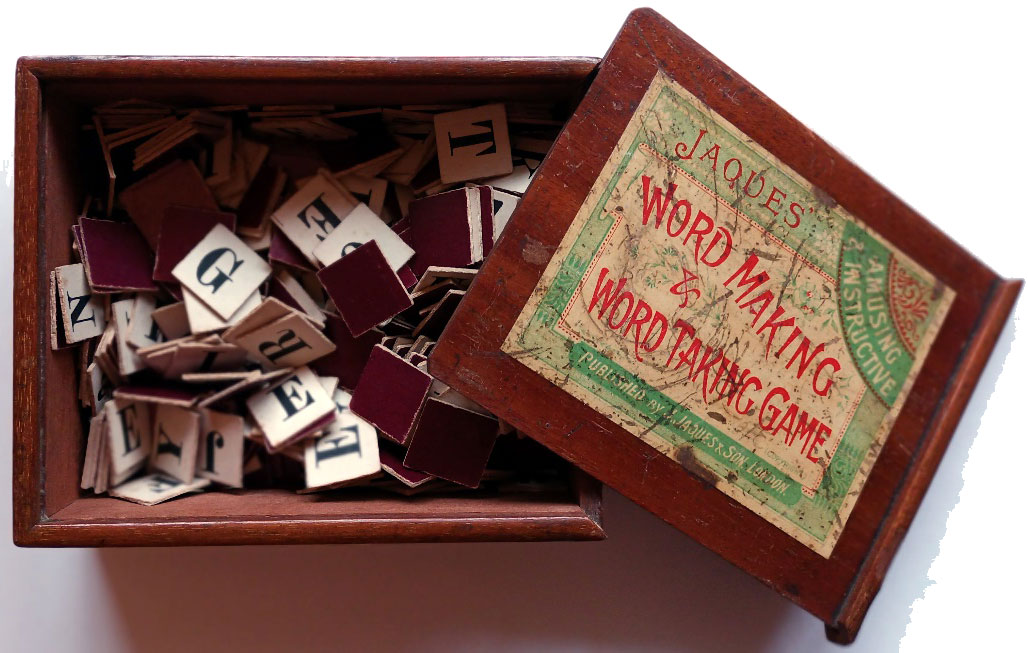
Very similar in design, but without a maker’s logo is this version from the V & A Collection described as 1900 - 1925.
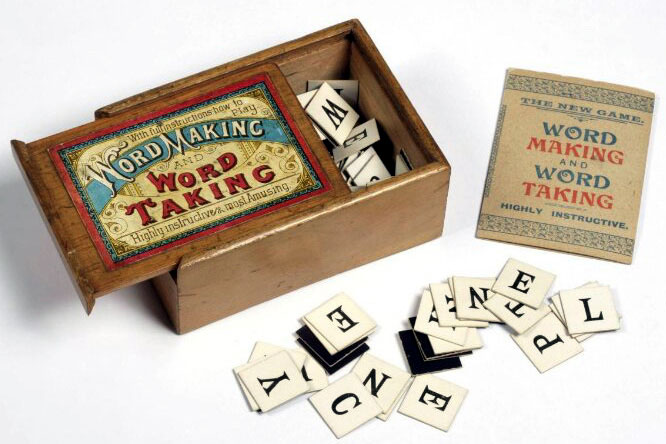
And the V & A collection also includes these two versions identified as from the 1950s. Clearly an adult version (which looks to me more 1930s than 1950s) and a later one designed for children

This next set – same name, same type of tiles – was produced by (or maybe for) The British & Foreign Blind Association, based in Great Portland Street and presumably in the years before the organisation changed its name in 1914 to the National Institute for the Blind. As far as I can tell, the tiles make no provision for use by people who are themselves blind (apart from a notch on the tiles which indicate which way up the tile should be placed) so this was presumably produced for fund-raising purposes.
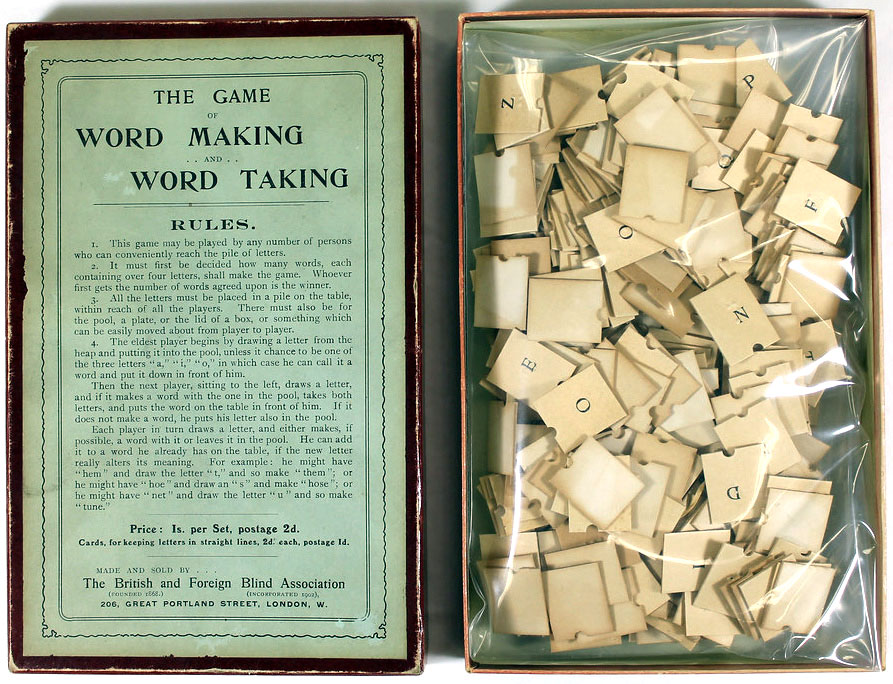
Above: “Word Making & Word Taking” produced for The British & Foreign Blind Association.
Chad Valley added various versions in the 1930s and later.

This next set from my own collection is one of the many examples marketed over the years by Spears Games. Sadly it is undated but looks like somewhere around the 1940s/50s.

By this stage in its evolution, this and many other sets did not have just a single set of prescribed rules but suggested many different games. Later editions from Spears were produced under the title “Word Making and Anagrams” and later still just “Anagrams”. Judging by the number and variety of different sets produced by Spears over the years currently being advertised on internet sales websites, this company persevered with this game long after their rivals had gone out of business or moved on to other products. Spear’s Games was eventually taken over by Mattel in 1994 after which “Word Making and Word Taking” appears to have disappeared from history …. for the time-being at least.
References
- See Porterprint Ltd, wopc, 26 May 2014, up-dated 1 May, 2022
- See Lexicon, wopc, 29 August 2015, up-dated 10 July 2023.
- boardgamegeek.com
- See The Search for New Games in the 19th Century, wopc, 2024
- allaboutfunand games.com
By Tony Hall
United Kingdom • Member since January 30, 2015
I started my interest in card games about 70 years ago, playing cribbage with my grandfather. Collecting card game materials started 50 years or so later, when time permitted. One cribbage board was a memory; two became the start of a collection currently exceeding 150!
Once interest in the social history of card games was sparked, I bought a wooden whist marker from the 1880s which was ingenious in design and unbelievably tactile. One lead to two and there was no stopping.
What happened thereafter is reflected in my articles and downloads on this site, for which I will be eternally grateful.

Leave a Reply
Your Name
Just nowRelated Articles
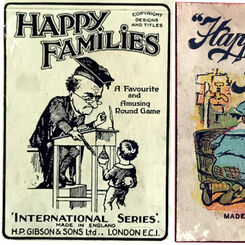
Happy Families
A cautionary tale...
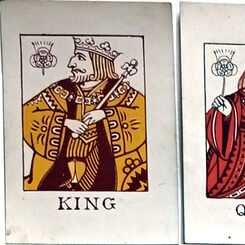
Quaterne
A Victorian quartet-style children’s card game by Goodall & Son.

Double Dummy Bridge
In the early 20th century several firms began to promote whist or bridge as a game for two.
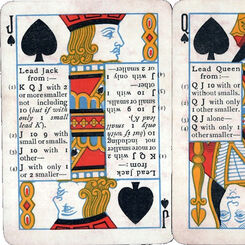
Scientific Whist
“Scientific Whist” : standard cards with instructions for play on the faces by Chas Goodall & Son, 1...

Question and Answer Games
A card game called “Impertinent Questions and Pertinent Answers” was launched in the early 1920s by ...
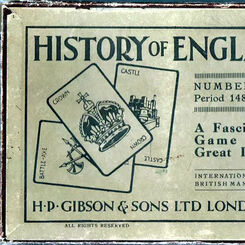
Gibson’s History of England
History without tears for young and old, 1920s.

The Search for New Games in the late 19th century
A few new games survived and are still around today; most came and went and are only witnessed in th...

The Evolution of Bezique boxed sets, 1869 to 1990
The first company to register Bezique materials with Stationers’ Hall was Josh Reynolds & Son in Sep...

De La Rue Pocket Guides
The 19th Century saw the production, by all of the major companies, of pocket guides or “mini-books”...

Hoyle v Foster: whose name should we remember?
Hoyle’s name is associated with the rules by which many games are played, particularly card games B...

Hoyle and his Legacy
Edmond Hoyle (1672-1769) was an English writer who made his name by writing on whist and a selection...

Bridge Markers and bridge scoring methods
Bridge Markers and bridge scoring methods 1900-1930

Pinochle
I have always been intrigued by the game Pinochle.

Kuhn Khan and Cooncan: an update
Kuhn Khan and Cooncan are pretty much exactly the same rummy-style game, but packaged and presented ...
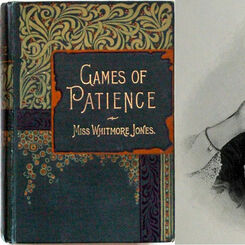
Mary Whitmore Jones and her Chastleton Patience Board
Mary Whitmore Jones and her Chastleton Patience Board by Tony Hall.
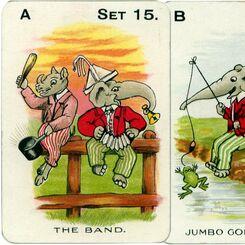
Jungle Jinks
Jungle Jinks card game with artwork by Constance Stannard Chapman, manufactured by Thomas De La Rue ...
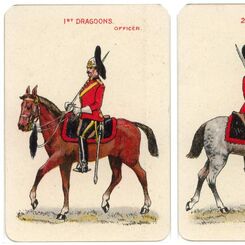
Cavalry Game
The “Cavalry Game” manufactured by Thomas de la Rue & Co Ltd, c.1900-10.

Spelka
Spelka, a word game published by John Jaques & Son Ltd, c.1908.
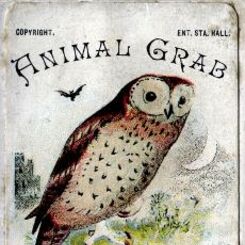
Animal Grab
Animal Grab card game by Thomas De La Rue & Co., 110 Bunhill Row, London..

Games Leaflets
Thos De la Rue & Co. & Gibson's Games Leaflets.
Most Popular
Our top articles from the past 60 days


 Your comment here. Your comment here. Your comment here. Your comment here. Your comment here. Your comment here. Your comment here. Your comment here. Your comment here. Your comment here. Your comment here. Your comment here. Your comment here. Your comment here. Your comment here. Your comment here. Your comment here. Your comment here. Your comment here. Your comment here. Your comment here. Your comment here. Your comment here. Your comment here. Your comment here. Your comment here. Your comment here. Your comment here. Your comment here. Your comment here. Your comment here. Your comment here.
Your comment here. Your comment here. Your comment here. Your comment here. Your comment here. Your comment here. Your comment here. Your comment here. Your comment here. Your comment here. Your comment here. Your comment here. Your comment here. Your comment here. Your comment here. Your comment here. Your comment here. Your comment here. Your comment here. Your comment here. Your comment here. Your comment here. Your comment here. Your comment here. Your comment here. Your comment here. Your comment here. Your comment here. Your comment here. Your comment here. Your comment here. Your comment here.




















